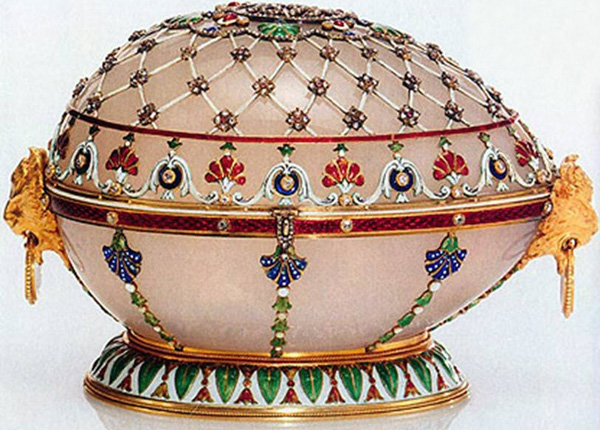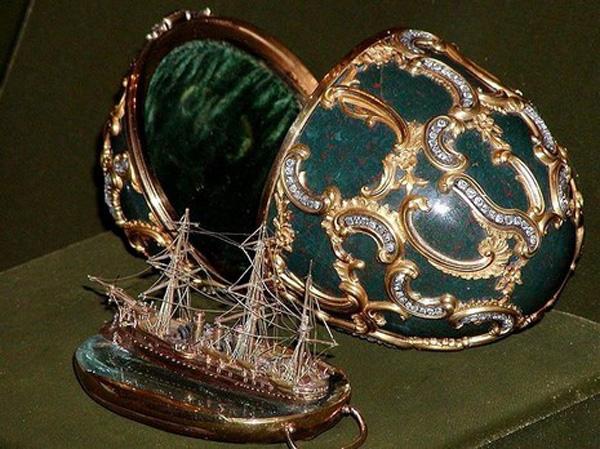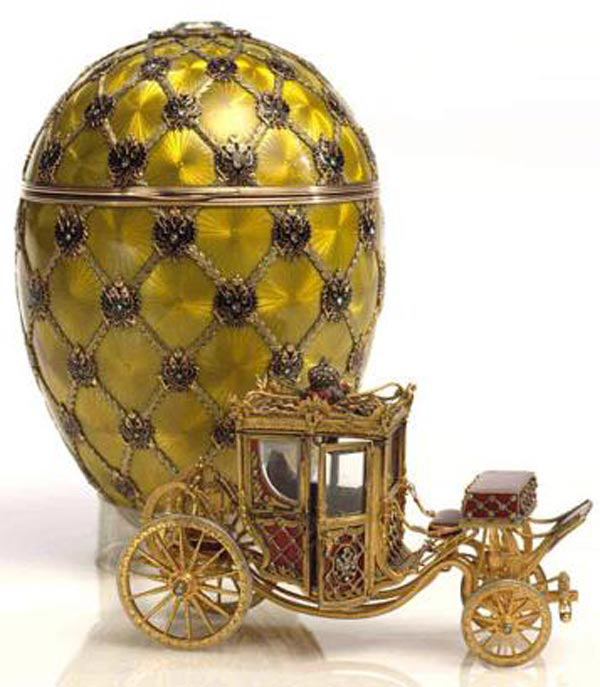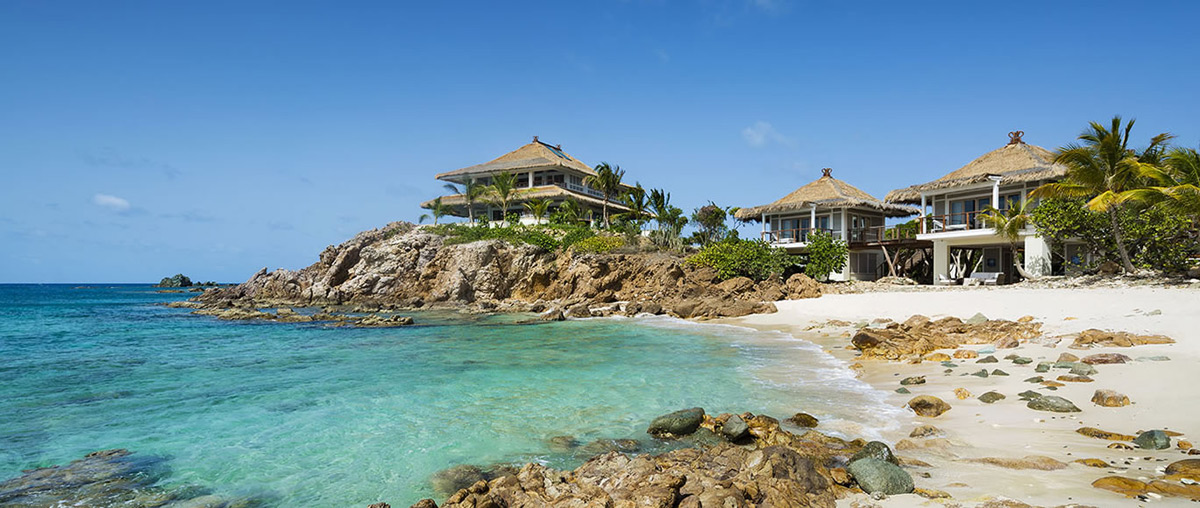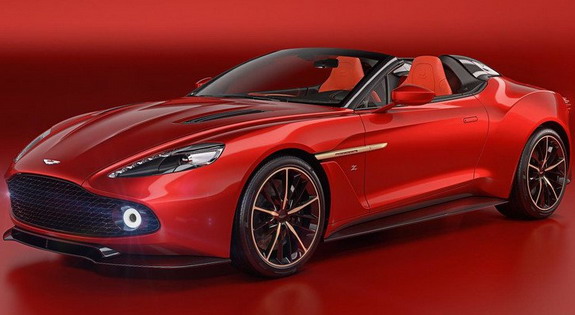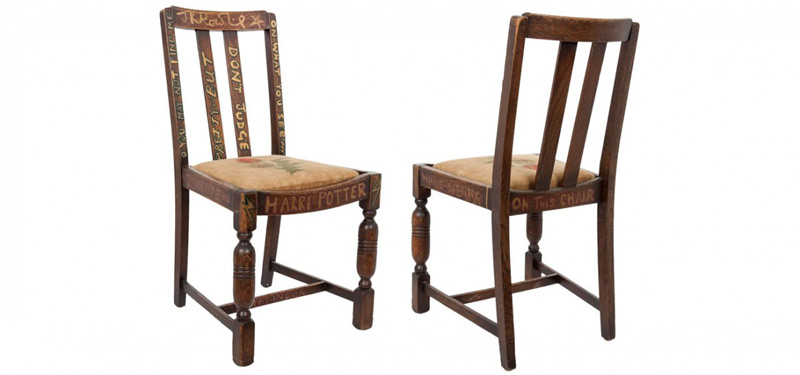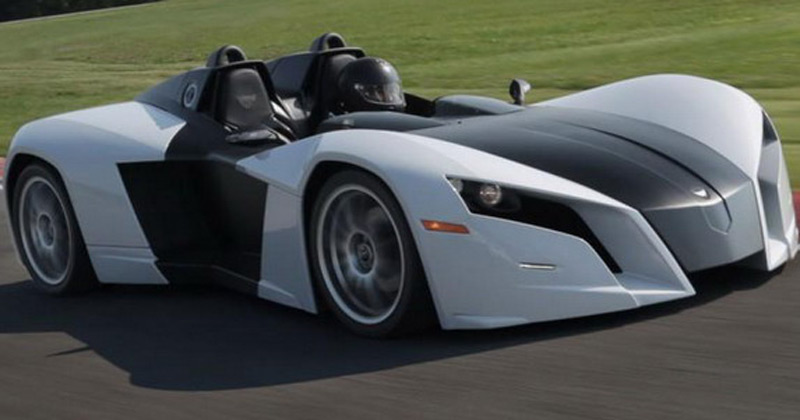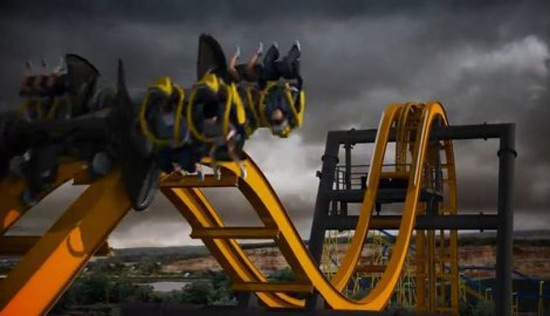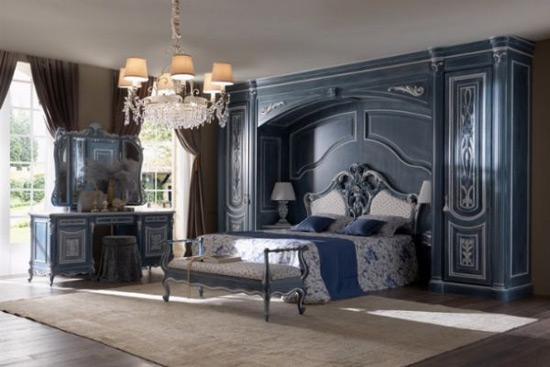Russian billionaire Viktor Vekselberg has negotiated through his Link of Times Foundation with the Vatican on the organization of exhibitions for over a year. The talks were long because the museum had high demands for the collection. Finaly Faberge eggs exhibition will open on 14th April, in time for Easter, the occasion for which the eggs were created in the late nineteenth and early twentieth century.
Before the Russian Revolution in 1917, Carl Faberge’s jewelry company in St. Petersburg manufactured ornaments and baubles for Russia’s imperial family. The most famous of his works for the tsar’s family were Easter eggs encrusted with gems. These Faberge`s intricate Easter eggs have become some of the world’s most collectible bejeweled items.
Russian billionaire Viktor Vekselberg has made his personal mission to repatriate cultural and historical objects taken out from Russia in the 20th century, and in that mission, he has amassed a large collection of Faberge eggs made by Pyotr Karlovich Faberge and brought them back to Russia. Now again, Vekselberg wants to bring them back into the world, but only for exhibition to the Holy See Museum.
During the event will be on display over 180 pieces carefully chosen by specialists of the Vatican, pieces that tell the history of Russia, most notably in fact the precious eggs. The House of Faberge created a total of 54 Imperial eggs for Alexander III and Nicholas II as gifts for their wives and family and 42 of these eggs remain today. Viktor Vekselberg bought them, along with a collection of other valuable artefacts, including brooches, inkwells, smoking accessories, from the Forbes family in 2004, paying a total of $90 million.

